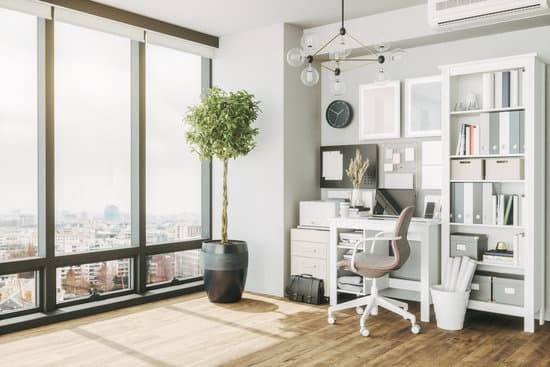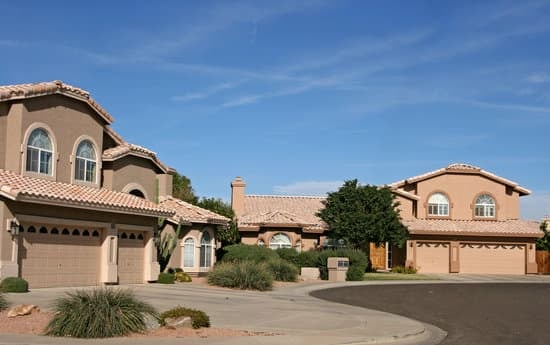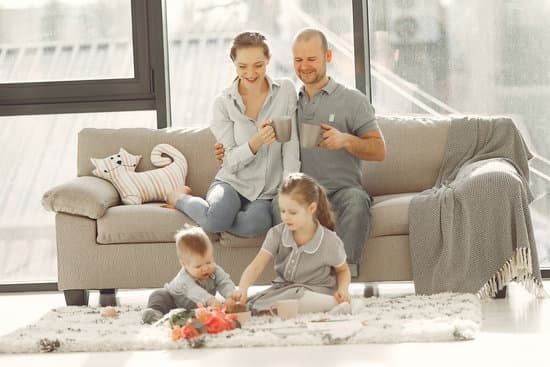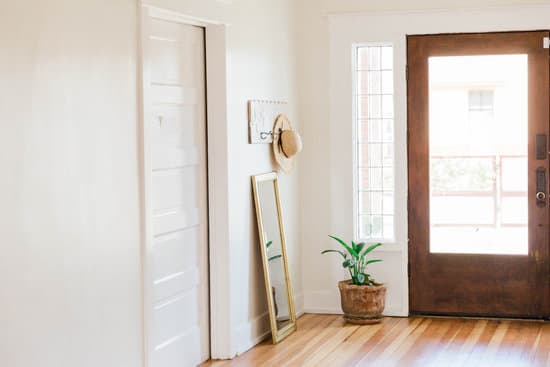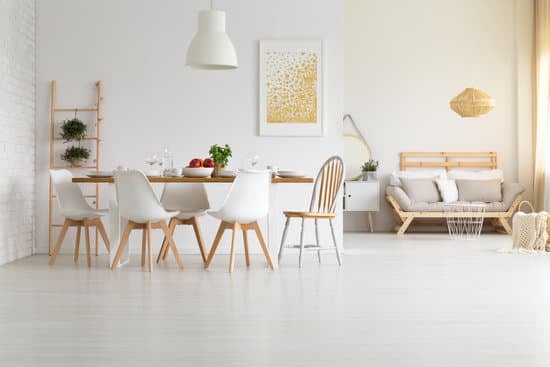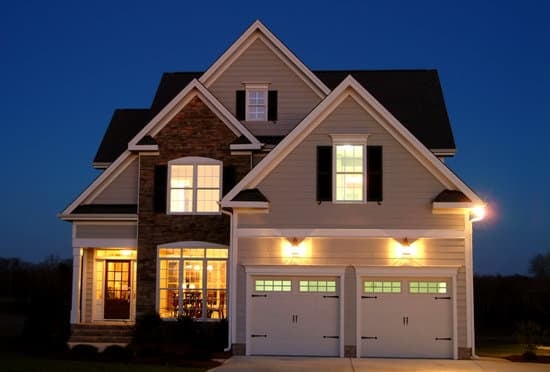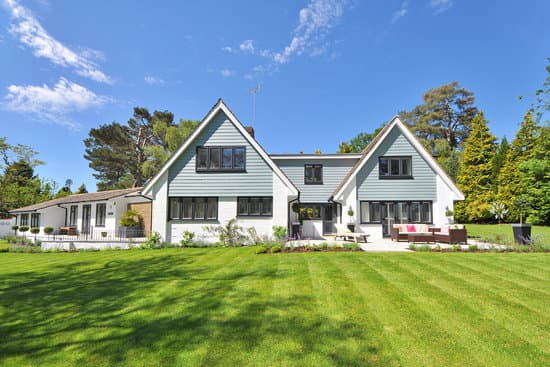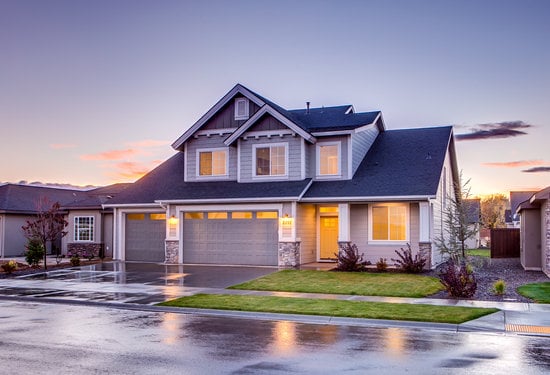Tiny homes have been gaining popularity in recent years due to their affordability, low maintenance, and environmental friendliness. However, like any living situation, there are challenges that come with tiny homes. Here are some of the biggest issues to consider if you are thinking of building a tiny home:
Zoning laws: One major issue with tiny homes is navigating zoning laws. Many cities and towns have minimum square footage requirements that make it difficult or impossible to legally build a tiny home. It’s important to research local laws and regulations before beginning your tiny home project.
Cost: Although tiny homes are generally more affordable than traditional homes, the cost can still add up quickly. Many tiny home builders opt for high-end finishes, which can be expensive. Additionally, if you’re building your own tiny home, you’ll need to purchase tools and materials.
Insurance: Finding insurance for tiny homes can be difficult. Many insurance companies don’t offer coverage for tiny homes, or the coverage they offer is limited. It’s important to shop around and find an insurance company that understands the unique needs of tiny home owners.
Storage: With limited square footage comes limited storage space. Tiny home owners need to get creative with their storage solutions. This may mean utilizing wall space for shelving or investing in furniture with built-in storage.
While these are just a few of the challenges that come with tiny home living, they are important to consider before taking the plunge. With proper planning and research, however, tiny homes can offer a unique and fulfilling living experience.
What are the biggest issues with tiny homes? Downsizing challenges and practical solutions.
